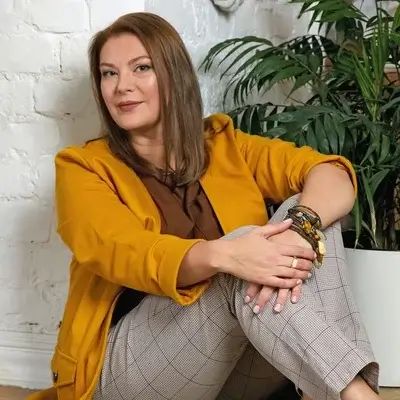Vintage style is experiencing a true renaissance in the world of modern design. Items with history, antiques in interior design, and especially burl wood pieces are again at the peak of popularity. In this article, we'll explore how vintage decor elements can transform a space, giving it individuality and depth that mass-market solutions so often lack.
What Is Burl Wood and Why It's Trending Again
Burl in interior design is a unique material formed during abnormal wood growth. The distinctive feature of burl furniture is its inimitable texture with swirls that make each piece truly unique. The history of burl in design spans centuries, but right now we're witnessing a new wave of interest in this material. Today, burl furniture holds a place of honor in the collections of vintage style enthusiasts.
"Burl is a kind of natural luxury. When a tree gets sick or injured, it creates these amazing patterns, so organic yet cosmically complex. When working with burl, it's important not to impose your will on it, but to reveal what nature has already created," admits Anna Weber, a master restorer with 25 years of experience.
Materials for burl are diverse – they can be walnut, ebony, rosewood, and other wood species. In our time, vintage interior trends dictate the use of natural wood in furniture, making burl products especially sought after. Vintage decor with burl elements becomes a central accent in modern spaces, giving them unique character and depth.
Antiques in Modern Interior
Antique collecting is experiencing a new stage of development. Today, antique furniture is valued not only by collectors but also by those looking to make their interior more expressive. Items with decorative techniques in antique furniture, such as marquetry and intarsia, are particularly valuable. For many connoisseurs, antique furniture sales are not just commercial transactions, but opportunities to touch history and bring a piece of another era into their homes.
How to Incorporate Vintage into Modern Interior
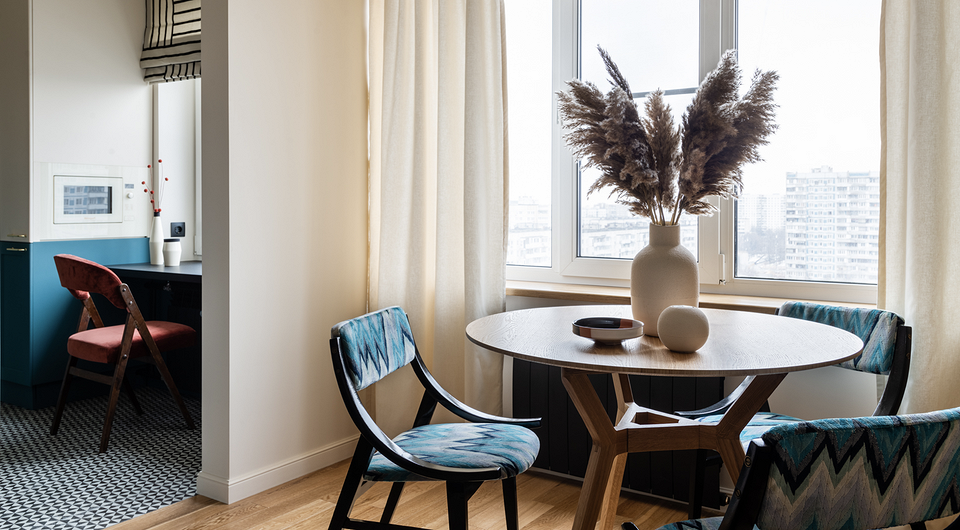 Combining vintage and modern is an art that requires understanding of proportions and a sense of style. Vintage furniture can become an accent in a minimalist space or the foundation for creating an eclectic interior. According to designers, integrating vintage elements into modern design allows you to create a space that looks timeless, unique, and filled with individuality. For those seeking unique solutions, custom vintage furniture opens unlimited possibilities for personalizing space and creating truly one-of-a-kind designs.
Combining vintage and modern is an art that requires understanding of proportions and a sense of style. Vintage furniture can become an accent in a minimalist space or the foundation for creating an eclectic interior. According to designers, integrating vintage elements into modern design allows you to create a space that looks timeless, unique, and filled with individuality. For those seeking unique solutions, custom vintage furniture opens unlimited possibilities for personalizing space and creating truly one-of-a-kind designs.
| Modern Style | Recommended Vintage Elements | Combination Features |
|---|---|---|
| Scandinavian | Vintage wooden items with clean lines, light wood furniture from the 60-70s | Use vintage as a warm accent in a light space |
| Minimalism | Single burl items, vintage hardware as an accent | Choose one or two expressive items, avoid overcrowding |
| Loft | Rough antique furniture, industrial vintage elements | Combine with metal structures and exposed brick walls |
| Eclectic | Various items with mother-of-pearl inlay, gilded furniture elements | Unite different eras with a common color palette |
| Modern Classic | Louis XV era furniture, items with time patina | Maintain a balance of classic and modern in a 30/70 proportion |
This table will help you determine the choice of vintage items depending on the main style of your interior. Remember that the main goal is to create a harmonious combination of old and new without overwhelming the space.
Caring for Antique Furniture
To preserve the beauty of vintage furniture and burl items, it's necessary to know how to care for antique furniture. Regular delicate cleaning, maintaining optimal humidity levels, and protection from direct sunlight will help keep items in good condition for many years. According to professional restorers, restoring burl products requires special skills and is not suitable for DIY: working with burl often requires a professional approach, especially when dealing with valuable antique items.
Burl: From Craft to Art
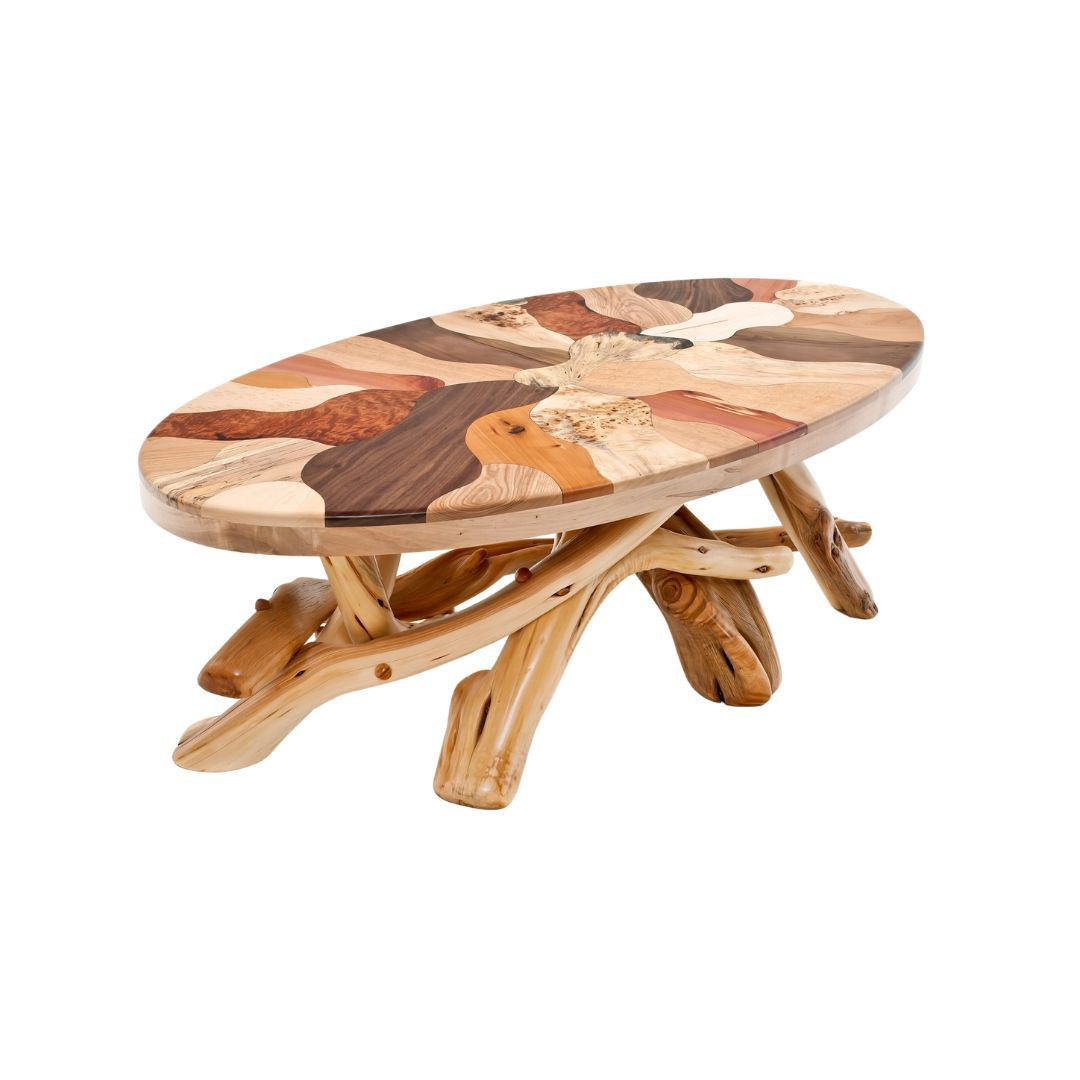 Mosaic wood, including burl, has always been highly valued by artisans. This is especially true for French vintage pieces from the era of Louis XV, where Rococo architecture with its elegant decorative elements, asymmetrical ornaments, and refined stucco work defined not only palace interiors but also the art of furniture design. Woodworking techniques reached unprecedented heights. Hand carving and delicate decorative details with gilded accents turn such pieces into true works of art.
Mosaic wood, including burl, has always been highly valued by artisans. This is especially true for French vintage pieces from the era of Louis XV, where Rococo architecture with its elegant decorative elements, asymmetrical ornaments, and refined stucco work defined not only palace interiors but also the art of furniture design. Woodworking techniques reached unprecedented heights. Hand carving and delicate decorative details with gilded accents turn such pieces into true works of art.
"Each piece of burl contains its own universe. During restoration, I can sometimes spend hours examining these patterns, discovering new details. Working with such material is always a dialogue between the craftsman and nature, and it's important to be able to listen to what the wood wants to say," shares Mark Gelman, an antique restorer and collector.
The influence of retro on interior design is especially noticeable today in the works of designers who seek inspiration in the retro style of the 60s-70s. At the same time, modern interpretations are often more concise and functional. For those who want to buy burl furniture, it's important to understand that these items not only improve the aesthetics of the space but can also become a valuable acquisition that only grows in price over time.
From History to Practice: Burl in the Modern World
Vintage interior trends are constantly evolving, but burl elements in design remain consistently popular. Below are interesting facts about burl and vintage furniture that will help better understand the uniqueness of this material and its place in modern design.
- Natural defect — design masterpiece. Burl forms due to tree stress — injuries, infections, or parasites. This leads to chaotic fiber growth and unique texture. Each burl cut is unlike any other, which is why such wood is especially valued in furniture and decor.
- Peak popularity — Art Deco and the 70s. Burl was actively used in the 1920s in Art Deco interiors as a symbol of luxury. The second wave of popularity came in the 1970s — designers rediscovered the aesthetic power of wood with wild texture.
- Roots in traditional crafts. Native American tribes used burl to create utensils: bowls, spoons, dishes. The intertwined fibers made items resistant to cracking, ensuring their durability even with active use.
- Environmental aspect. Since burl forms infrequently, its harvesting is often associated with destroying an entire tree. This raises concerns among environmentalists and increases the cost of such furniture.
Vintage Furniture Market: Statistics and Trends
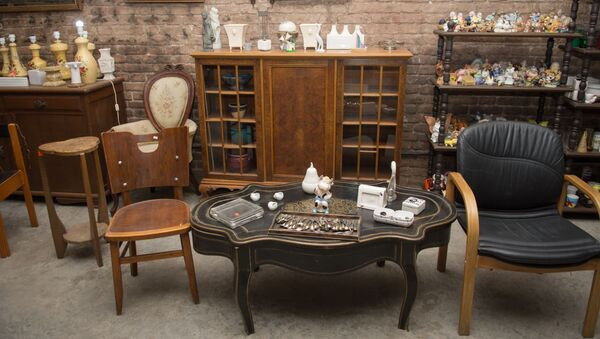 Vintage decor and furniture are not just aesthetic solutions but also a promising direction for investment. Let's look at some statistics on the vintage and antique furniture market.
Vintage decor and furniture are not just aesthetic solutions but also a promising direction for investment. Let's look at some statistics on the vintage and antique furniture market.
- Rapid market growth. The global vintage and second-hand furniture market is valued at more than $34 billion and continues to grow at a rate of about 7.7% per year. By 2030, the volume may exceed $56 billion.
- Consumer habits. In the US, more than a third of buyers purchased vintage or used furniture during the past year. Almost no one has prejudices against such purchases — on the contrary, they are associated with conscious choice.
- Demand leaders — youth. Millennial and Gen Z generations account for about 70% of the vintage furniture market. They are more likely than others to look for unique items, take interest in the history of objects, and care about sustainable consumption.
- Environmental benefit. Furnishing a living room with vintage or used furniture saves an average of about 170 kg of carbon dioxide emissions compared to buying new items.
Real Success Story: Revival of a Family Heirloom
The story of Elena Kovalchuk and an antique walnut burl chest of drawers demonstrates how vintage furniture can get a new life in a modern home.
When Elena inherited an antique walnut burl chest of drawers from her grandmother, it was in poor condition. "As a child, I always admired this piece, but years of attic storage didn't do the chest any good," she recalls. Instead of throwing it away, Elena found a restoration expert. "The process took almost six months. Each drawer, each element required an individual approach. The craftsman let the wood 'drink' special oils, restored the drawer slide mechanisms, while preserving the patina of time and original hardware." Today, this chest of drawers is the central element in the living room of Elena's minimalist apartment. "Every guest asks about this item. And for me, it's not just furniture — it's a connection of generations, a family history embodied in wood."
Restoration of Antique Furniture: Preserving History
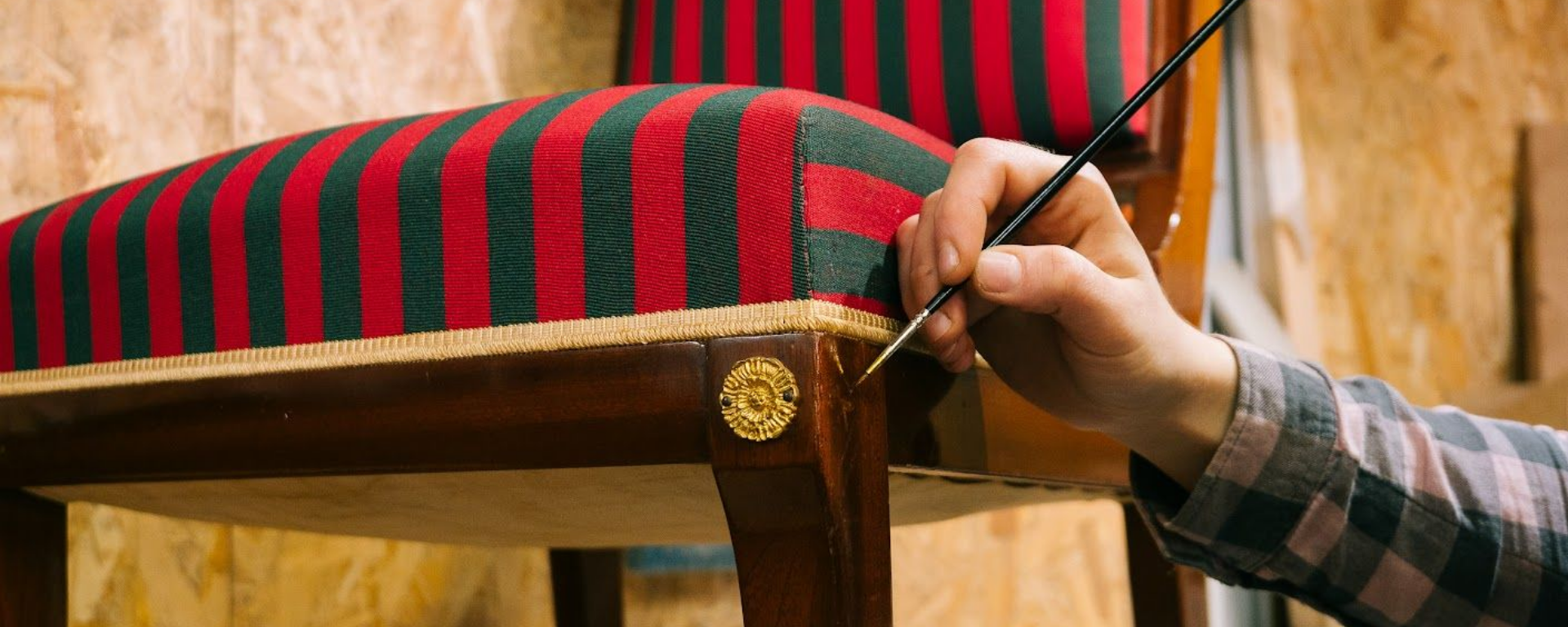 Restoration of antique furniture is a special art that requires knowledge, experience, and patience. Professional restorers know how to preserve the authenticity of items while making them suitable for use in modern conditions.
Restoration of antique furniture is a special art that requires knowledge, experience, and patience. Professional restorers know how to preserve the authenticity of items while making them suitable for use in modern conditions.
Antique furniture restoration includes various stages: from strengthening the structure to restoring the finish. It's important to preserve traces of history — natural signs of age that give the item special value. Modern decorative techniques in antique furniture often rely on traditional methods, including work with mother-of-pearl inlay and other historical finishing elements.
Burl Furniture: Investment in Uniqueness
Acquiring burl furniture can be considered not only as a way to decorate the interior but also as an investment in antique furniture. Over time, such items don't lose their value but, on the contrary, become more expensive. Modern antique auctions regularly record record amounts for rare examples of burl furniture, especially if they have preserved their historical value and have confirmed provenance.
The value of antiques depends on many factors: age, condition, rarity, craftsmanship, origin. Evaluation of vintage items should be conducted by specialists who take all these aspects into account. In recent years, the sale of burl wood and products made from it has become an increasingly profitable business, attracting both collectors and investors.
Conclusion
The revival of vintage elements, such as burl and antiques, in modern design is not just a tribute to fashion, but a return to true values: uniqueness, quality, history. The combination of vintage and modern allows you to create interiors with character, telling their own special story.
Vintage furniture and burl decor elements can transform even the most laconic space, adding depth and individuality. It's important to remember about proper care for antique items so that they can delight not only us but also future generations.

